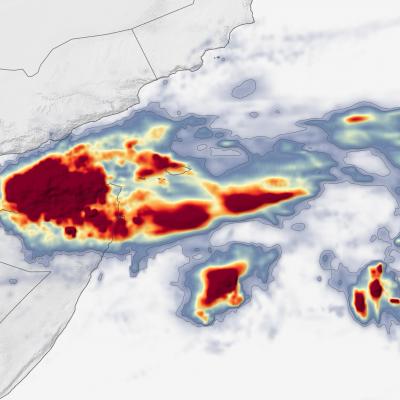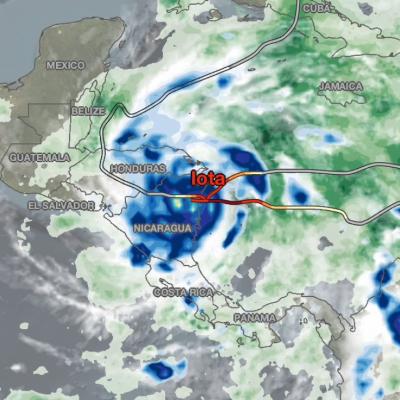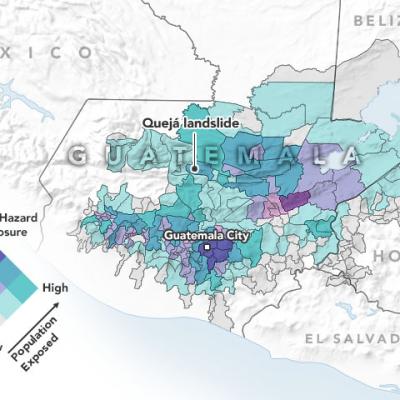Temporary delay of GPM NRT Data on December 7, 2020
The Precipitation Processing System is planning to migrate the jsimpson.pps.eosdis.nasa.gov (which includes jsimpsonftps.pps.eosdis.nasa.gov) to the CentOS 8 operating system. This update will mean that GPM near real-time (NRT) data will not be available to users during the period of the update. The action is planned for Monday, 7 December 2020. We intend starting at 14 UTC (09:00 EST). We hope the outage will be between 3-5 hours. During this period no GPM NRT will be available. Some data will not be produced at the usual time during this period and will be behind normal latency. No data will




